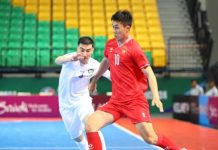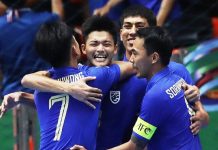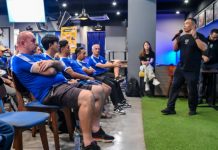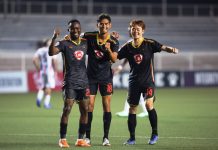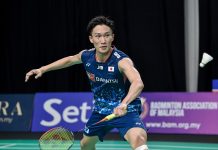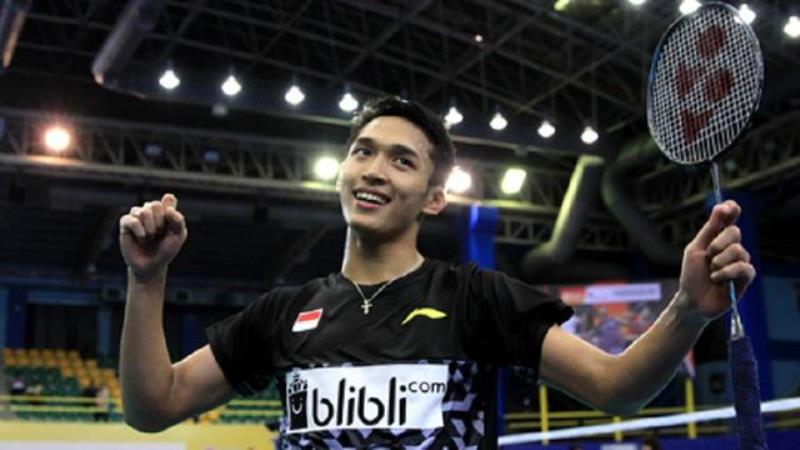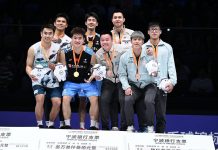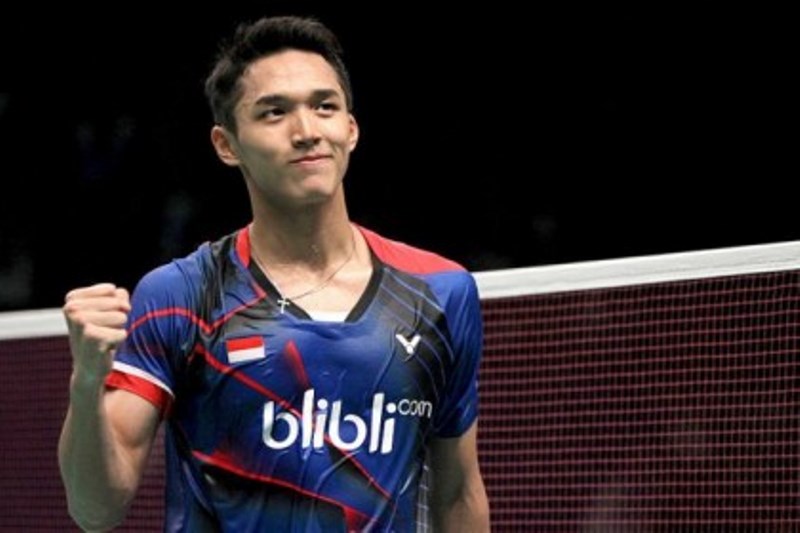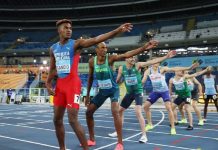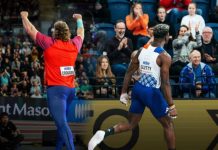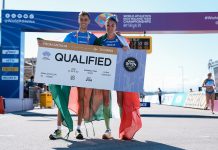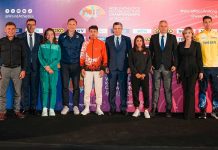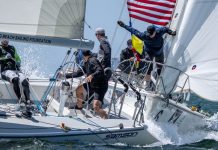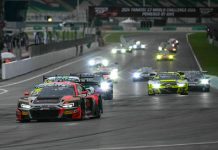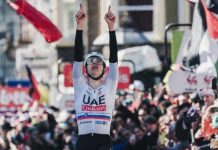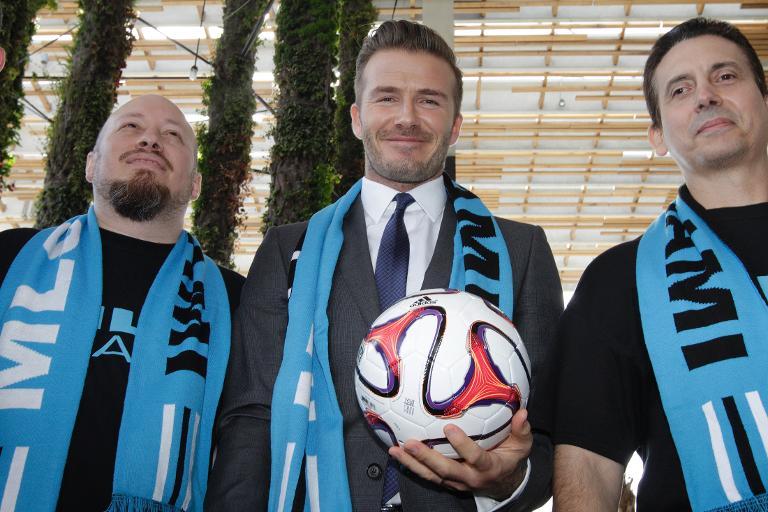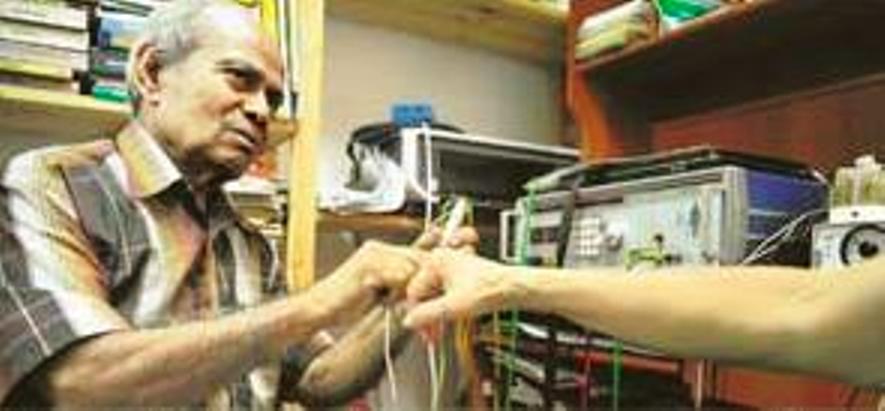
By Suresh Nair
SAD, football, or any other sports, can be an unappreciative saga of many “forgotten men”, whose value-added services have never been lauded or remembered.
It may well be a tragedy that we don’t distinctly remember these personalities, until we see an obituary announcement in the newspapers. And then probably hail their achievements, when they’re six feet underground or cremated!
Justin Morais may not instantly ring a celebrity bell but in my books, he remains one of these long-lost football heroes: A national striker in the 1940s and 50s, a national team trainer with the Lions in the early 1980s, founder-member of Tampines Rovers, one of the most distinguished football clubs in Singapore.
And most importantly, few know that after his retirement as chief radiographer at Toa Payoh Hospital, more than 25 years ago, he upgraded himself medically. He is now recognised as Prof Justin Morais PhD (Alt. Med) DCR (UK); MRSH (U.K.); MBAcC (UK) Dip in Biological Medicine (UK, USA, Germany and Australia); Dip in Ac (Singapore, Hong Kong; China; Sri Lanka, India); Assoc. Member of the Australian College of Nutritional and Environmental Medicine.
But the ever-modest 85-year-old Morais never ever blows his own trumpet and hence his true value is always under-recognised and under-estimated.
His playing career started in the late 1940s, as a sprinter-like winger for Tampines. He had superlative speed and tactful footwork to match during an era when Singapore produced some of the greatest post-war players like Rahim Omar, Lee Teng Yee and Majid Ariff.
As a schoolboy, Morais trained under the legendary (the late) “Uncle” Choo Seng Quee, then coach of Combined Schools and five youngsters were upgraded to join the National Team. But just before the Malaysia Cup was due to start, Morais lost his striker-role to a 16-year-old Rahim Omar, who went on to be one of the greatest Asean strikers.
FOUNDER-PIONEERS
Morais, to reiterate, was one of their founder-pioneers who started the famous Tampines Rovers in the mid-50s. They kicked off in Division 3A of the Singapore Amateur Football Association (SAFA) League. Playing for the first team were pioneers including George Pasqual, Edmund Perera and Basil De Souza.
Tampines Rovers was one of the pioneer teams in the S-League and put up a credible showing from 1996 to 1998. New coach Chow Kwai Lam revived the team and led the Stags to victory at the Singapore Cup. With newly gained confidence and a hunger for victory, the Stags set new heights for themselves this season to challenge the S-League and Asian League titles. Now the club has engaged Jermaine Pennant, former England and Liverpool striker, who ranks as the highest paid football professional.
Those who were coached by Morais hailed him as a “fatherly figure”, someone who could “genuinely understand the sentiments of the amateur footballers”. These accolades came from former national skipper in 1981 & 1983, Au-Yeong Pak Kuan (now based in Swirzerland), goalkeeping stalwart Yakob Hashim and striker extraordinary V. Sundramoorthy (now national coach of the Lions).
Morais made bigger headlines after retirement when he opened in 1987, the Sports Acupuncture Centre in Hougang Central, which specialised in complementary and alternative medicine here. Indeed, there were a flock of patients, majority sportsmen because of his reputed involvement in football.
NO MONEY IN MIND
Former Malaysia Cup hero fullback S. Rajagopal, famously known as “The Camel”, said Morais was never in the business for money as he valued his patients. “Sometimes he hardly charges me, or gives me the strangest discounts, probably because he recognises my past contributions to the national team,” he said.
I, too, as a sports journalist, remember a few medical dates, a few years ago, where Morais examined me with a bio-resonance machine, which treated treated for acupuncture, electrotherapy, electro-acupuncture or homeopathy. I was told he usually charged $50 to $80 for the first consultation and $30 to $35 for follow-up visits. But he cared a hoot what I paid him! His famous words: “Don’t tell me what’s wrong with you. I will tell you, and you can let me know at the end, if it’s correct.”
His clinic later rose to be a humble source of learning and inspiration for many other alternative practitioners and health enthusiasts. He stood out for his combination of homeo, magneto and electro-acupuncture with bio-resonance therapy, nutritional medicine and complex homeopathy remedies (German) – the only one of a kind in Asia.
In layman’s terms, it is integrated sports medicine combining India (Ayurvedic), Chinese (Acupuncture & Tui Na), German (Homeopathy) and European (Herbs, etc). Overall in acute sports injury, he combines Western and Eastern like R.I.C.E. followed by Chinese and Indian treatment. In chronic sports injury, he looks at bio-resonance therapy with Chinese, Indian and Western herbs and DORN Method (pressure and movement).
DISAPPOINTED MORAIS
There was a recent incident at Tampines Rovers that had Morais tear-jerking. He kept his lips sealed but close friends said he was heart-broken when the club strangely stripped him of his VIP S-League pass and also his long-standing position as a committee member.
Much as the mysterious misunderstanding was amicably resolved, Morais felt very bitter, like a sudden surprise slap in the face, that the new generation officials merely by-passed him, for reasons best known to them.
That’s probably the overall fate of the footballing “Old Guards” who are seldom remembered and usually forgotten. Like Morais, who offered his footballing services with “genuine blood, sweat and tears”, there are plenty of past heroes who deserve some form of sincere recognition.
In a time where success is rooted in materialism and celebrity, it is important to revive the virtues that motivated men like Morais to voluntarily serve sports without asking for an extra dollar, without fanfare, without celebrity.
In this era of global sporting endorsements worth millions, it’s a revelation to read about the apathy of Singaporean sporting heroes like Tan Howe Liang (weightlifting), Rudy Mosbergen (hockey), Lloyd Valberg (athletics), Ang Peng Siong (swimming) and Natahar Bava (rugby) and wonder why they’ve not been adequately recognised.
In my opinion, the onus lies largely on the administrative bodies which look after sports. Over a period of time, they have turned into the personal fiefdoms of politicians who have no knowledge or interest about the game. If at all Singaporeans have succeeded in sports, it has been in spite of the administrative bodies and never due to them. Sad, when a do-or-die mentality player or coach retires, he simply fades into oblivion.
So, this is the big question, I wish the government, both in Singapore and Malaysia, would seriously look to restore the honour of sporting legends. I know SportsSingapore (which runs affairs of sporting associations) saluted the sporting pioneers during last year’s SG50 celebrations. Perhaps, we can do better.
For starters, the administrative bodies looking after the various sports can be purged of self-serving people with no love for sports. The next step would be to ensure that the expertise of our sporting legends is put to use in an administrative capacity.
Indeed, we would be getting people with the required passion for sports and who are committed to its betterment. The next step would be the creation of a benevolent fund to look after the financial needs of our indigent sports persons.
This would go a long way in ensuring that our Made-in-Singapore sporting legends, whatever sports they come from, spend their twilight years in dignity.
And this would bring a welcome big smile for sincere big-hearted personalities like Justin Morais, definitely in my books, a forgotten sporting gentleman, who served the country in the sincerest modest way he could.
- Singapore is a veteran Singapore-based sports journalist who believes in respecting and remembering the “Old Guards” for their selfless sporting actions.



